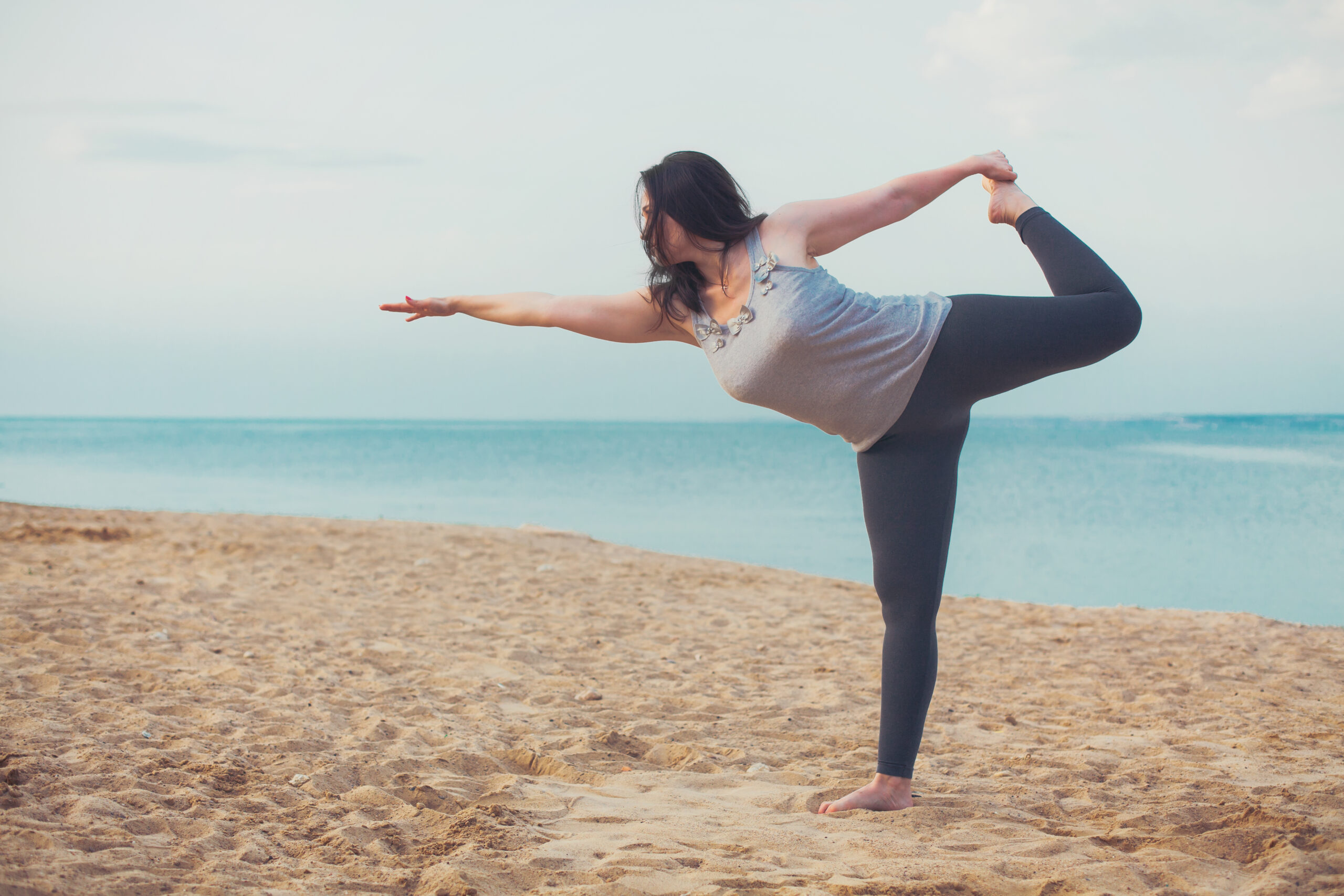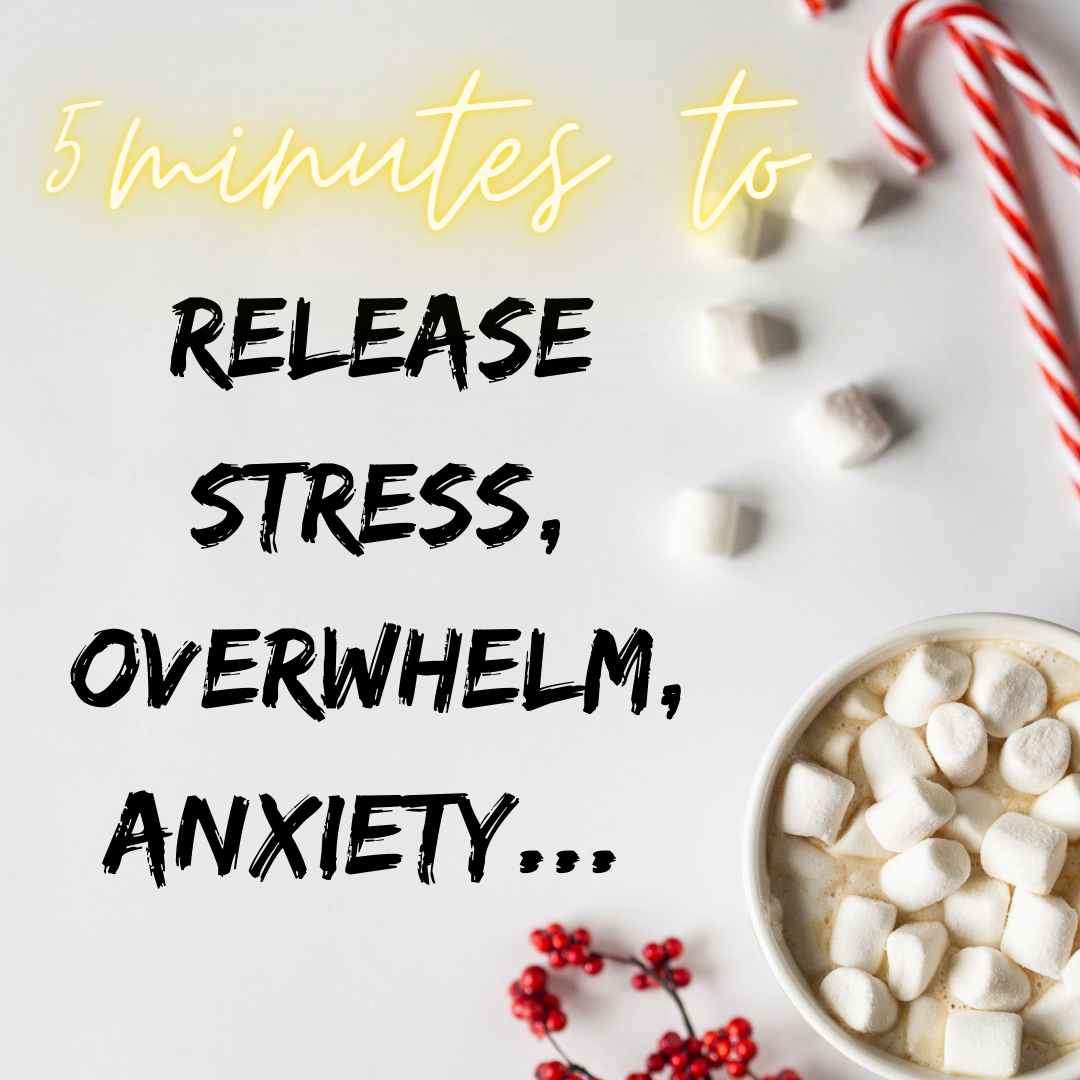Do you have any goals or resolutions that you keep setting year after year, or month after month, without much success? Let’s talk about the 4 steps to introducing new habits into your life without it feeling like a chore.
WATCH THE VIDEO OR READ THE POST BELOW:
Have you ever tried to introduce new habits into your life, telling yourself that you’ve got to finally start doing _____ (whatever it is you want to do), so that you can achieve your bigger goal or resolution? But as time goes by, you realise you’re not really doing all those things that you promised yourself you would do?
It’s an easy trap to fall into and I myself fell into it in the first week of this year, trying to introduce a few new good habits all at once, and failing miserably, leaving me feeling overwhelmed about everything going on around me. Not only the habits themselves, but everything else felt out of whack and actually my overall productivity was affected as well. Have you experienced that too?
It was then when I remembered about the lessons from a book I once read called “The Power Of Habit” by Charles Duhigg (which I recommend). And it was around that same time I was also reminded about some lessons that I’ve learnt along the way while successfully implementing new habits in the past, and so I approached the subject in an entirely different way.
So how do you actually achieve your goals or resolutions BY creation of new habits? And how can you make those habits as automatic as brushing your teeth? Because THAT’s the goal, making your desired action or habit come as easily as brushing your teeth, instead of feeling like you need to be trying really hard.
Here are 4 steps to help you get on track.
1. CREATE A LIST OF ACTIONS/HABITS THAT WILL HELP YOU ACHIEVE YOUR GOAL.
While it’s very easy to set a general goal, whether it’s a weight-loss goal, or money goal, setting any kind of resolutions without making a plan of actions that you’ll take to get you there is a surefire way to not achieving what you wanted.
So first, make sure to create a list of a few actions that you’d like to turn into habits, which will help you get to your goal.
2. FIGURE OUT THE TRIGGERS THAT LEAD INTO EACH ACTION.
The key part in making any action into a habit is figuring out the trigger that will make you go into that action mode. You can either create or use such trigger that already exists in your life, to instantly remind you of the action or choice you wanted to make.
You’ve got to think about what will be the trigger for each of those actions you decided on in step 1, so that, repeated enough times the trigger will make you, first, think about that action, and then later just do the action, whenever you come across your trigger, without really thinking about it.
In “The Power of Habit”, Charles Duhigg talks about five different types of triggers that can be connected with the routine, or with that action that you want to start doing.
Your triggers could be location, time, emotion, other people, or the previous action that you were doing.
For example, one of the things I wanted to change in my life recently was starting my day from drinking a glass of warm water with lemon juice. But every time I’d go to the kitchen in the morning I would have this strong habit of immediately starting to make coffee. So I started taking out the lemon juicer out of the cupboard and onto the counter in the evening, so that that would be the first thing I see when entering the kitchen in the morning. As a result, now when I go into the kitchen first thing in the morning, I’m reminded of the choice I made and I squeeze out my lemons, leaving coffee for later. (Because I can’t quite say goodbye to coffee just yet ;))
So now take the list you created in step one and figure out what your trigger could be for each of those new habits.
3. DETERMINE YOUR KEYSTONE HABIT AND START FROM INTRODUCING THAT ONE.
One of the important parts of introducing your new habits is to NOT try too much too fast. One of the reasons why I felt so overwhelmed at the beginning of the year is because I tried to suddenly change a few major things, all at the same time.
What you’ve got to do instead is choose one action to implement first, and then, once that one is easy to maintain, you can introduce another one. But again, add only one new action or habit at a time.
In this step you should determine which one of those habits that you wanted to change is your keystone habit. A keystone habit is the one action that, when implemented regularly, will spark changes ahead and motivate you to keep introducing new habits.
In the book Charles Duhigg talks about the keystone habit for weight loss being keeping a food diary. Studies have shown that people who keep a food diary, writing down everything they eat, are much more likely to become successful at loosing weight, as the action of writing it all down makes them realise some of their patterns and behaviours, which then become the next things they change, leading to a long-lasting change.
So take the list of actions and triggers that you’ve made so far and determine which one of them is your keystone habit. Which one, if you were to only implement one, would keep you going and help you stay motivated to slowly start introducing new actions and habits? Start from that one.
4. REWARD OR HABIT TRACKING
Duhigg talks in his book about reward as an important step in making sure that you stick to your new habit, so it goes like that: trigger -> action -> reward.
And that last part is not to be underestimated, because the thrill of that reward, however small it might be, is what will keep you motivated over longer-term.
Some of those rewards that Duhigg suggests are very tangible, like the feeling of clean teeth you get after brushing, that you would miss if you forgot to brush. But the problem with “rewards” is that it can make you think about something that might not necessarily be good for you (are you thinking about chocolate too?), and then you’ll get a new good habit, but as a result you might also introduce a less helpful one, off the back of this.
So here is a helpful reward, that will both work as a reward, as well as tracking of your habit and your progress.
Over time I figured out that for me (AND for a lot of people I talked to) there is something very rewarding about seeing your progress and especially the ability to tick something off after it’s done. So I would suggest creating a place in your weekly or daily planner where you’ll be able to visually track your progress, either by ticking off the action under each day, or by colouring in the box corresponding to each day when it’s done.
That way you’ll get the immediate feeling of a reward, without going into credit card debt from buying yourself yet another pair of shoes… because you needed an idea for a reward.
So your 4 steps that I’d like you to do now is to
1. create a list of a few new actions that you’d like to turn into habits, actions that will help you achieve your overall goal
2. figure out what is the trigger that will help spark that activity, whether it’s location, time of day, emotion, other people, or the previous action that you were doing
3. determine your keystone habit and start from introducing that one, ignoring all the other ones for now
4. and finally create a way to track your habit visually, or think of another immediate reward you’ll get from performing the action you chose to turn into a habit
Now, for the accountability part, I’d love it if you could leave a comment below with 3 specific habits/actions that you want to introduce into your life that will help you make your goal happen.
AND, identify what is your keystone habit that you’re going to start from. What is the first action that you can introduce, that will make it easier to make the next ones happen too, and to stay motivated?
Leave a comment below.
That’s all for today. Share this episode and this blog post with your friends with the the social media button of your choice, so that they too can create lasting change in their lives.
And for more inspiring videos and articles to help you make YOUR dreams come true, leave your name and email below this post to get weekly notes from me directly to your inbox.
Take care and ’till next time!








Kat, thank you so much for this great information. You totally called me out on slacking off on going to the gym. I had been putting it in my day planner and then stopped. Back in it goes!
Annie, you know what, on that specific one a way that I found very helpful is making a commitment to GO to the gym. Instead of focusing on working out, I made a commitment that I go on certain days, and then when I’m there it doesn’t matter what I do.
So sometimes I go to my gym but only go to sauna. Some other times I go on a treadmill and just walk for 45min while listening to a book. The important part is to BE there and focus on turning BEING there into a habit, without pressure to work-out.
And more often than not, you WILL end up exercising. And always and definitely, if you do turn being at the gym into a habit you WILL end up exercising more than you didn’t go there at all ;) Food for thought!
Kat, this is fabulous! I love the Power of Habit and the way you’ve broken down these concepts are so practical and easy to implement.
Keystone habit… I’m thinking this is coming back to my morning routine. I’ll just wake up 15 minutes earlier tomorrow and take it from there.
So excited for the next episode of the Kat Bern Show!!
xoxo
YES! Morning routine is huuuuge in this. Since I focused on that a lot of things have fallen into place :) Now I dont feel like a day would “count” without it ;) There will be an episode coming on that too! Thanks for the love and excitement Kat xx